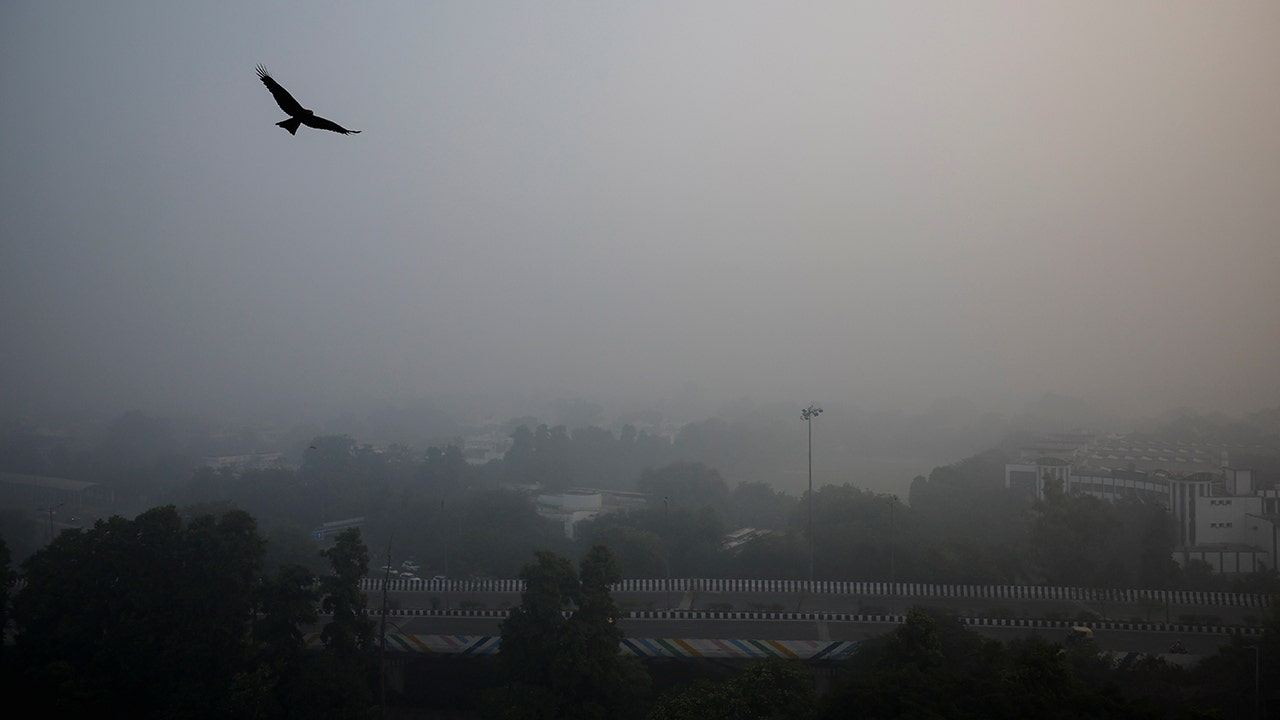Confusion and fear gripped much of southern Gaza on Sunday as Israel’s military ordered more residents to clear out, sending people into the streets in search of anything that might serve as shelter. Israeli airstrikes continued two days after a cease-fire deal fell apart.
The Israeli military’s latest evacuation orders appeared to be setting the stage for a ground invasion in the south since hostilities started again after the collapse of a weeklong truce with Hamas. They evoked similar orders given by the Israeli military before it invaded northern Gaza in late October, and Israeli officials said they were intended to move civilians out of harm’s way.
“Dear residents of Gaza, obeying evacuation instructions is the safest way to preserve your safety, your lives and the lives of your families,” Israel’s military wrote on Arabic-language accounts on Facebook and X on Sunday, providing a growing list of areas that were under the evacuation order.
But the announcements were confusing or prone to change with almost no notice, leaving many Gazans unsure about whether to flee and with little time to do so.
The list of areas ordered to clear out swelled from 19 the previous morning to 34 on Sunday, all clustered southeast of the city of Khan Younis. The Israeli military marked each on a map of Gaza that divided the territory into nearly 2,400 “blocks,” advising residents to pay attention to Israeli announcements about whether their block was being evacuated.
Some families whose homes and shelters were not included in the initial evacuation areas, and who had thought they would be able to stay put, said they had later received recorded calls ordering them to leave.
The United Nations said it was unclear whether many Gazans had been able to see the online map, given the continued electricity blackout and spotty communications.
Many people under evacuation orders had already been displaced at least once before, forced to leave northern Gaza when the fighting and the airstrikes began. Now they found themselves once again at a loss for where to go in an already overcrowded area under threat of bombardment.
Families spilled from their apartments, carrying mattresses and blankets, and searching for wood and whatever else they could find to build makeshift shelters, according to Yousef Hammash, an advocacy officer for the Norwegian Refugee Council in Khan Younis.
“I cannot overstate the fear, panic & confusion that these Israeli maps are causing civilians in Gaza, including my own staff,” wrote Melanie Ward, head of the humanitarian organization Medical Aid for Palestinians, on social media, adding that “people cannot run from place to place to try to escape Israel’s bombs.”
On Sunday afternoon, a spokesman for the Gazan health ministry, Dr. Ashraf Al-Qudra, said 316 people had been killed in Israeli strikes “in the past hours.” He said that more than 15,500 people had been killed since Oct. 7, when the war began.
Hospitals in the south were also under pressure. A team from the World Health Organization visited a hospital in Khan Younis on Saturday that was three times over its capacity, according to the agency’s head, Tedros Adhanom Ghebreyesus.
“Countless people were seeking shelter, filling every corner of the facility,” he wrote on X. “Patients were receiving care on the floor, screaming in pain.”
Ron Dermer, Israel’s minister of strategic affairs, said Sunday on ABC’s “This Week” that the military was trying to protect civilians as it pushed toward its goal of eliminating Hamas. “We’re going to do it in the deliberate fashion because we are very conscious of having civilians there, and getting them out of harm’s way,” he said. “If we wanted to do it fast, we’d harm a lot more civilians.”
Mr. Dermer added that he did not know how long it would take for Israel to achieve its goal. “I don’t know if it’s going to be months,” he said.
The Israeli military’s evacuation map showed big orange arrows directing people toward already-overflowing shelters or what it called the “humanitarian zone” in Al-Mawasi, an agricultural area toward the Mediterranean Sea. Gazans who made it there said it was filling quickly with evacuees.
But it was not clear whether the zone provided sufficient supplies or shelter, with some Gazans who fled there describing no shelters against the cold, no food for sale but for the few vegetables hawked by roving vendors, few bathrooms and no visible presence of humanitarian aid.
The idea of “safe zones” in Gaza, as was envisioned for Al-Mawasi, is opposed by the United Nations. Last month, U.N. agencies and other groups said they would not participate in setting up any such zones in Gaza.
Yara Bayoumy contributed reporting.





